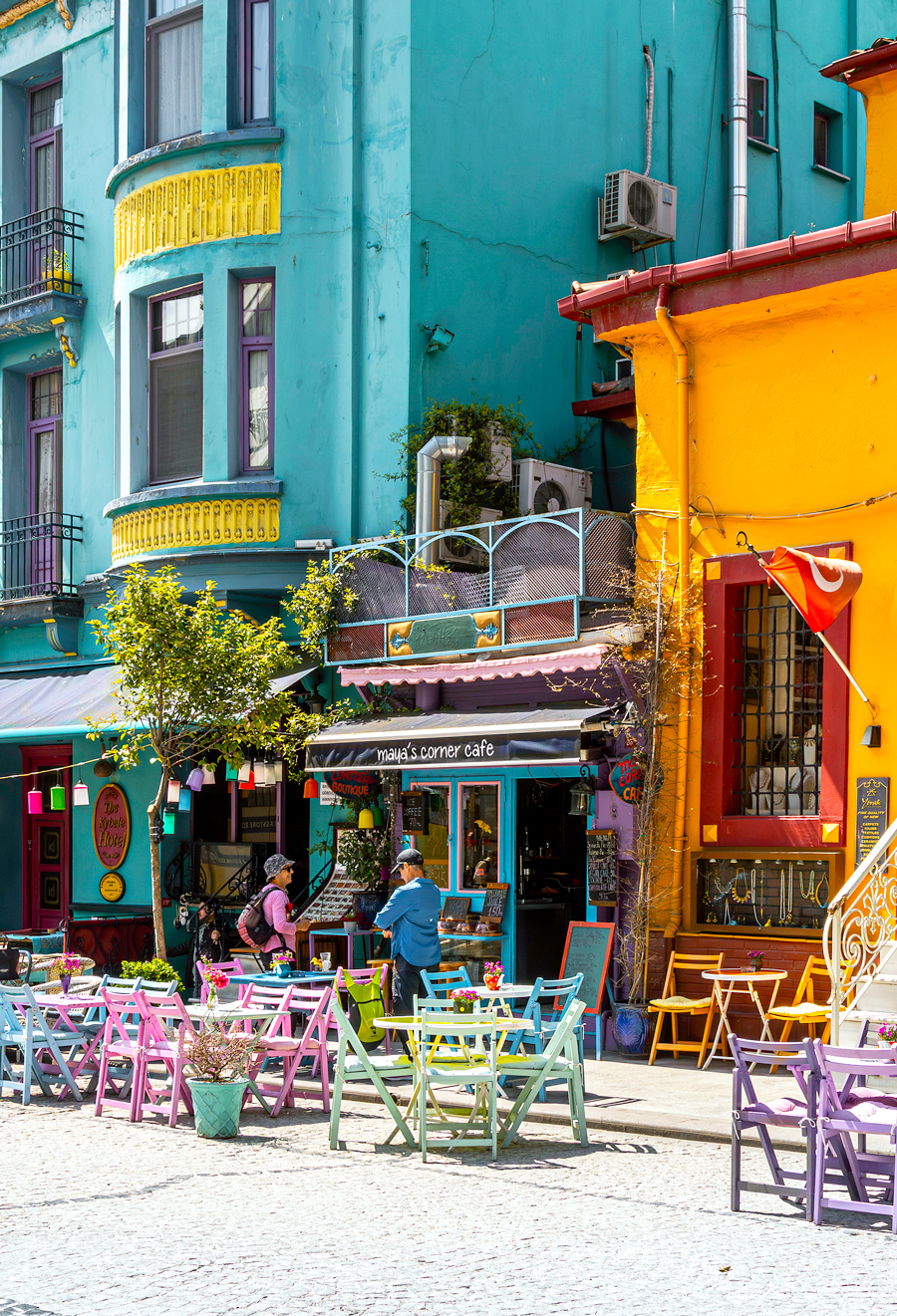Love drinking coffee? You’re not alone. Roughly 80% of Americans enjoy a cup of joe in the morning, and an estimated 2.25 billion cups of coffee are consumed every day around the globe. From French presses to Keurig machines, there are many ways to brew the beloved beans — but even more astounding is the variety of coffee drinks consumed internationally. The following countries boast some of the most interesting coffee cultures around the world. Discover what led to their coffee craze and how locals get their caffeine fix, which may even inspire you to try a new way of drinking coffee at home.
Italy
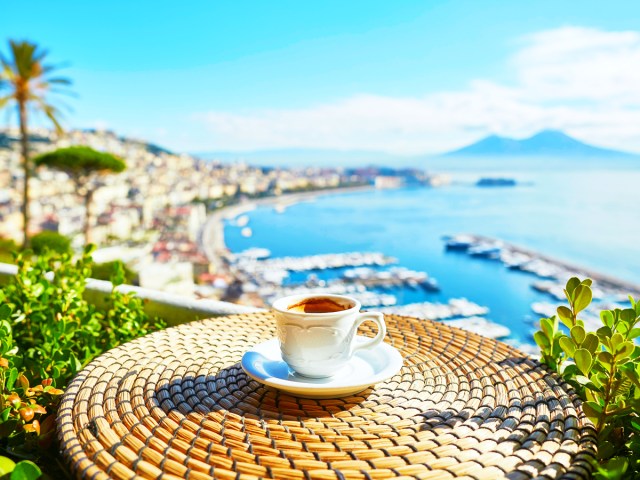
Traditional Italian coffee dates back to the 16th century. It was introduced by Venetian physician and botanist Prospero Alpini, who tried it during his expeditions to Egypt. In Venice, Caffè Florian — an extravagant parlor from the 1700s exhibiting neo-Baroque architecture — remains one of the oldest coffee houses in the world still operating today. Over the years, Johann Wolfgang von Goethe, Lord Byron, and many other notable artists and writers have enjoyed coffee here.
In 1884, the Italian espresso machine was patented in Turin, which revolutionized the way coffee is prepared by using steam and boiling water. It also popularized bar-style serving, in which patrons indulge in an espresso shot while standing at a counter instead of sitting at a table.
The tradition of bar serving is still popular in Italy today, but cafés also serve other traditional espresso drinks. These include a doppio (two shots of espresso), a caffè macchiato (espresso with a small amount of frothed milk), a cappuccino (equal parts espresso, steamed milk, and milk foam), a caffè latte (one part espresso and two parts steamed milk), a caffè corretto (an espresso drink with alcohol, such as grappa, brandy, or another liqueur), an Americano (espresso and hot water), and an affogato (espresso with gelato or ice cream).
Ordering an espresso drink at a café in Italy is about savoring the moment, and many Italians enjoy one or two cups alone or in groups. The activity can last hours — it’s about appreciating the little luxuries in life, and there is nothing more important than taking the time to experience every note of the espresso beans. (Word to the wise, however: Italians tend to consume milk-based espresso drinks only in the morning hours — ordering a cappuccino after noon might make you stick out like a sore thumb.)
Ethiopia
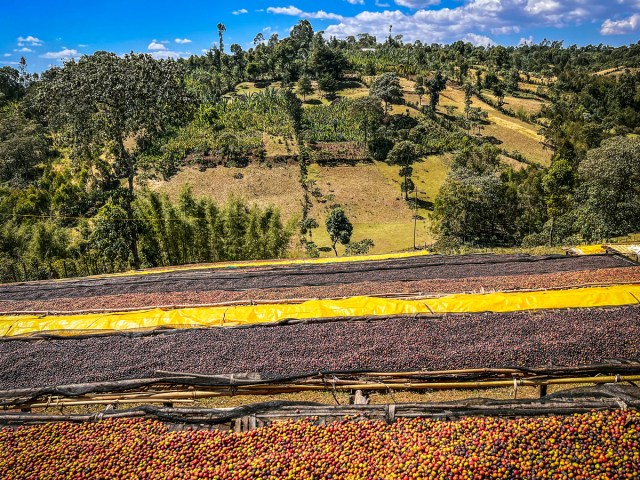
The discovery of coffee berries as stimulating fruits that could be brewed into the aromatic beverage we love today traces back to the Ethiopian highlands roughly 12 centuries ago. According to Ethiopian legend, a herder named Kaldi noticed that his goats seemed more energized after eating the red berries, so he brought the berries to a local monastery. The monks disapproved of the “magic beans” and purportedly cast them into the fire, where they roasted and emitted a rich aroma that was enticing enough to lead to more experimentation. Thus, the first brew was born.
As the birthplace of coffee, Ethiopia honors the ancient drink with traditional coffee ceremonies. An Ethiopian coffee ceremony is an intricate process with three stages of roasting, brewing, and cupping using a wooden mortar and pestle, a charcoal brazier, a straw fan, and a jebena (a clay pot with a bulbous shape and slender spout).
If you are invited to a coffee ceremony, it is customary to present the hostess with a simple gift such as incense or sugar, and the first cup will go to the eldest member of the group as a sign of respect. As a whole, the coffee ceremony is meant to signify friendship, trust, and respect in Ethiopian culture, and it is also a time for prayer and reflection in the Ethiopian Orthodox Church.
Finland
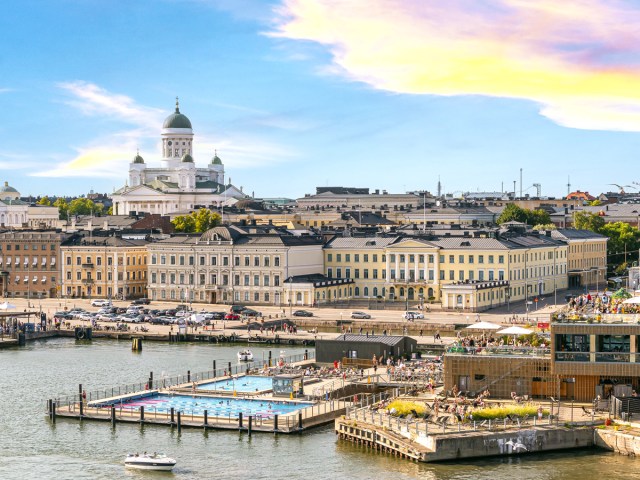
According to many reports, the average Finn drinks roughly three to five cups of coffee every day. That means the Scandinavian country consumes the most coffee per capita of any country in the world, at 26 pounds of coffee per person per year. Some experts attribute the intense coffee craving to the minimal sunlight the country receives during harsh winter months, which causes Finnish citizens to require more caffeine to stay awake throughout the work day, but the warm drink is popular year-round.
In Finnish culture, there are different names for a coffee break throughout the day, such as aamukahvi for morning coffee and iltapäiväkahvi for afternoon coffee. During the evening, there is also iltakahvi. Indeed, the love of coffee breaks is so strong in Finland that local labor laws require workers to take two 10- to 15-minute coffee breaks per day. Most Finns consume filtered light roast in small cups accompanied by a cake or pulla, a cardamom bun with vanilla icing. Many prefer their coffee black, but adding a little milk and sugar is becoming more popular.
Enjoying a cup of coffee with someone in Finland is considered a friendly pastime to share casual conversation or engage in meaningful discussion, so it is impolite to refuse an invitation to meet for coffee, especially if it’s with a colleague. It is also considered disrespectful if you leave the table before everyone has finished their cup.
Turkey
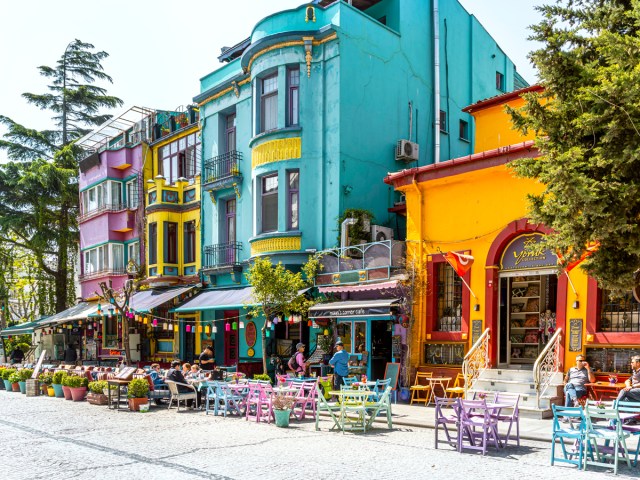
Playing a pivotal role in special occasions such as engagement ceremonies and holidays, Turkish coffee is so steeped in tradition, it was added to UNESCO’s Intangible Cultural Heritage List in 2013. The history of Turkish coffee dates back to 1555, when Syrian traders brought it to Istanbul, and the traditional method of brewing has been popular in coffee shops across the Middle Eastern country ever since.
The process involves grinding freshly roasted Arabica beans into a fine powder using a mortar and pestle and brewing them in a long-handled copper cezve with sugar and water, until the mixture has a foamlike consistency. A stove is primarily used for brewing, but some Turkish coffee drinkers also cook the beans on coal, ashes, or even hot sand. The thick, mudlike mixture is heated and cooled repeatedly until it’s poured into demitasse cups (small cups) on top of saucers.
Unlike an espresso shot, Turkish coffee isn’t meant to be consumed in a few sips. Rather, it is savored over the course of an hour or two in between conversation. Turkish coffee still contains grounds, so it’s important to sip carefully. The remaining grounds at the bottom of the cup are sometimes used to tell fortunes when you finish.
Brazil

Brazil has been the world’s top coffee-producing country for more than 150 years, and today the South American nation grows roughly one-third of the world’s coffee beans. Brazil is expected to produce roughly 66.4 million 60-kilogram bags of coffee beans in the 2023-2024 growing season alone, according to the USDA. Since Brazil takes pride in its largest export, the drink has become a national symbol of hospitality, and it is customary to receive a complimentary cup wherever you go, even at the dentist or at a gas station. Brazilian children are also known to try sips of the warm beverage at a young age.
Brazilians often indulge in a coffee drink known as a cafezinho, a pour-over-style coffee that is strained using an undyed cloth filter with a wooden handle. The handle is never to be washed with soap, as it would ruin the taste of the coffee. Many Brazilian people prefer the brewed roast served black at boiling hot temperatures with a lot of sugar, and you may also receive the drink in a paper or plastic cup as it is meant to be sipped quickly.
It is customary to avoid using coffee makers and other complex devices like espresso machines, as well as preparing fanciful drinks with syrups, milk, and ice — many locals believe they corrupt the true flavor profile of the beans, which is what the country holds dear.
More from our network
Daily Passport is part of Inbox Studio, which publishes content that uplifts, informs, and inspires.






